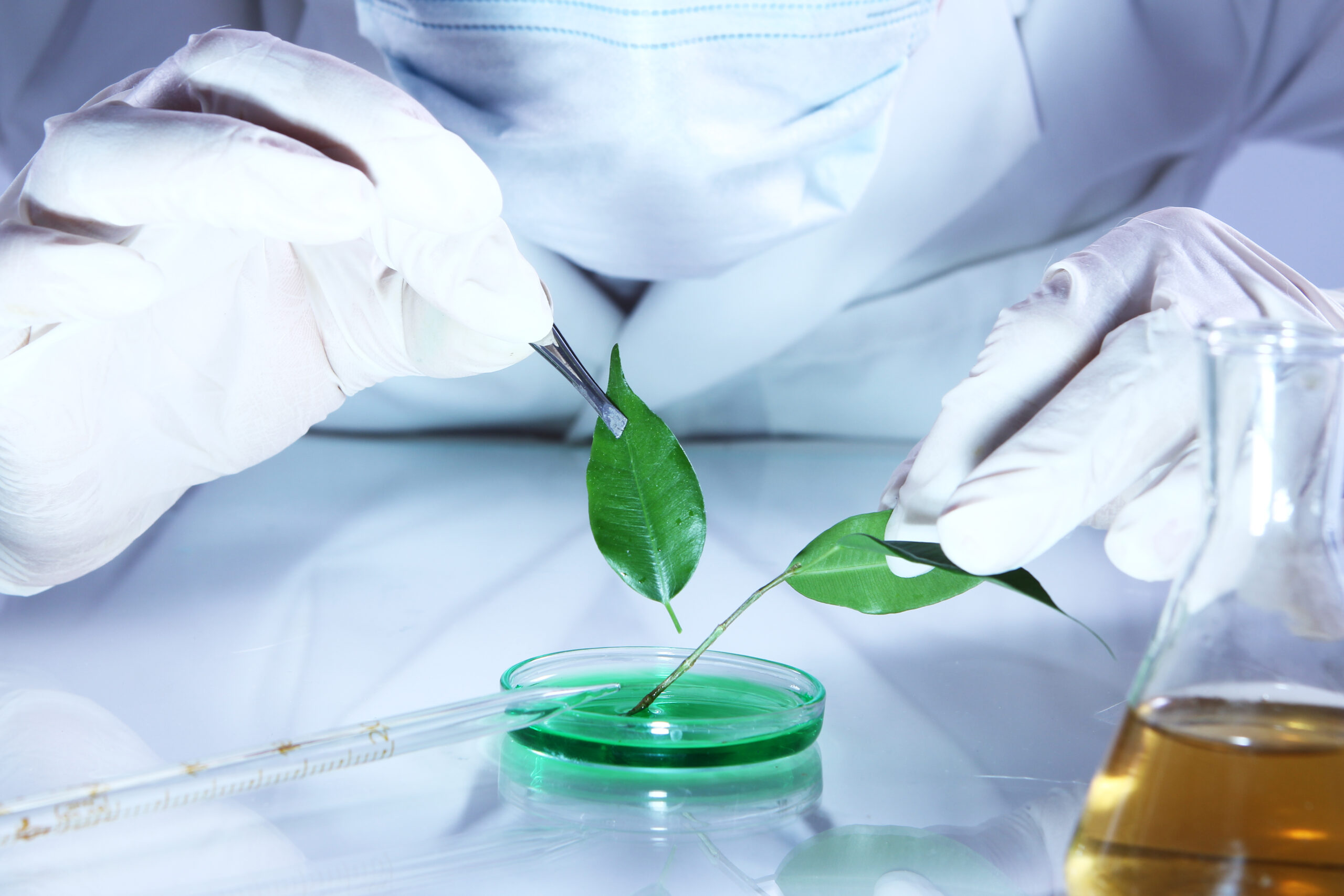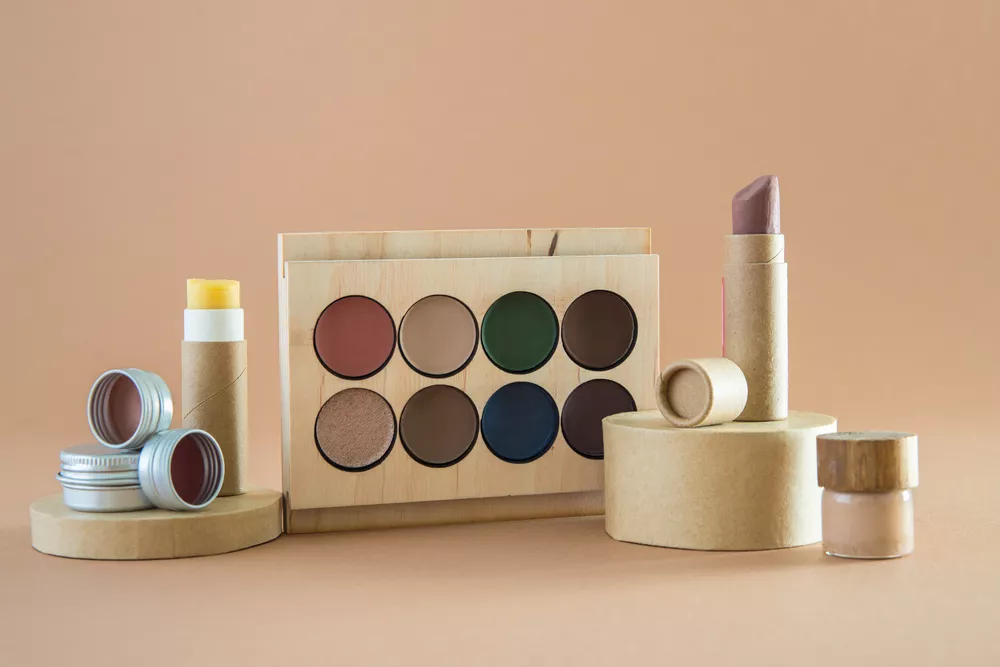The beauty industry is undergoing a massive transformation. Once dominated by synthetic chemicals and harsh formulations, many brands are now shifting toward cleaner, greener alternatives. At the heart of this movement is Green Chemistry – a discipline that focuses on designing products and processes that minimize the environmental and health risks associated with traditional chemical manufacturing. But is Green Chemistry the true key to healthier beauty products? In this article, we will explore the science behind Green Chemistry, its role in creating safer cosmetics, and how it’s revolutionizing the beauty industry.
What is Green Chemistry?
Green Chemistry is a concept that emerged in the early 1990s as a response to growing concerns about the environmental impact of industrial processes. It’s essentially the practice of designing chemical products and processes that reduce or eliminate the use of hazardous substances. The goal is to minimize waste, energy consumption, and the use of toxic chemicals, all while ensuring that the final products are safe for human health and the planet.
In the context of beauty products, Green Chemistry aims to replace harmful chemicals with more sustainable, biodegradable, and non-toxic ingredients. This approach doesn’t just focus on the end product but also considers how these products are made, ensuring that manufacturing processes are as green as possible.
The Role of Green Chemistry in Beauty
Traditional beauty products, from moisturizers to makeup, often rely on ingredients like parabens, phthalates, synthetic fragrances, and petrochemical-derived substances. While these ingredients are effective in providing the desired results, they also come with a host of potential health risks. For instance, parabens are preservatives linked to hormone disruption, and synthetic fragrances can cause allergic reactions or skin irritation.
Green Chemistry addresses these concerns by encouraging the use of renewable raw materials, minimizing the environmental footprint of production processes, and enhancing product safety. Here are some key ways in which Green Chemistry is transforming the beauty industry:
- Safer Ingredients
Green Chemistry promotes the use of naturally sourced ingredients that are safer for both consumers and the environment. Instead of relying on potentially harmful synthetic chemicals, many beauty brands are turning to plant-based compounds, essential oils, and other biodegradable substances. For example, some skincare companies are using plant-derived preservatives instead of parabens, which are linked to endocrine disruption. - Sustainable Production Methods
Traditional chemical manufacturing processes are often energy-intensive and create hazardous waste. Green Chemistry encourages the use of cleaner, more efficient processes that reduce energy consumption and minimize waste. For example, some beauty brands are using water-based formulations rather than alcohol-based ones, which helps reduce the environmental impact. - Biodegradable Formulations
Another key principle of Green Chemistry is designing products that break down naturally in the environment. Many beauty products, particularly those containing microbeads or non-biodegradable plastics, contribute to pollution when they wash down the drain. Green Chemistry promotes the development of products with biodegradable ingredients, ensuring that they won’t harm aquatic ecosystems. - Less Packaging Waste
Green Chemistry isn’t just about the product inside the bottle; it also looks at the packaging. Many beauty brands are now using eco-friendly, recyclable, or compostable packaging materials to reduce waste. Some companies are even moving toward refillable packaging to encourage reuse and reduce single-use plastic.

The Benefits of Green Chemistry for Healthier Beauty Products
- Non-toxic Formulas
Green Chemistry focuses on creating products free from harmful chemicals. Many traditional beauty products contain ingredients that are linked to various health concerns, including skin irritation, hormonal disruption, and even carcinogenic effects. By using safe, natural ingredients, Green Chemistry offers consumers a healthier alternative. - Fewer Allergens and Irritants
Natural ingredients tend to be gentler on the skin compared to their synthetic counterparts. For example, plant-based oils like jojoba or argan oil are commonly used in beauty products for their moisturizing and anti-inflammatory properties, while synthetic fragrances and dyes often cause allergic reactions or skin sensitivities. Green Chemistry encourages the use of non-irritating, hypoallergenic ingredients that are less likely to cause discomfort. - Sustainability and Environmental Impact
Beyond the personal health benefits, the move toward Green Chemistry is crucial for the environment. The beauty industry is known for its substantial carbon footprint, from the extraction of raw materials to the waste generated by packaging. By reducing toxic chemical use and waste, Green Chemistry helps minimize pollution, conserve resources, and create products that are better for the planet. - Transparency and Ethical Practices
Green Chemistry encourages greater transparency in ingredient sourcing and manufacturing practices. Consumers are increasingly demanding more information about where their beauty products come from, and Green Chemistry aligns with these demands. Brands that embrace green chemistry are often more open about their sourcing and production methods, which helps build trust with eco-conscious consumers.
Challenges and Barriers to Adoption
While Green Chemistry has made significant strides, the widespread adoption of green chemistry principles in the beauty industry still faces several challenges. Some of these include:
- Cost of Raw Materials
Many natural and sustainable ingredients are more expensive than synthetic alternatives, which can drive up the cost of production. This can make green beauty products less affordable for some consumers. However, as demand for sustainable products grows, economies of scale may help reduce costs over time. - Limited Availability of Certain Ingredients
Certain natural ingredients may not be as readily available as their synthetic counterparts. For example, certain plant-based oils or extracts require specific growing conditions, and their availability may be subject to environmental or economic factors. This can make it difficult to scale production for certain Green Chemistry formulations. - Consumer Education
While awareness of Green Chemistry is growing, many consumers are still unfamiliar with the concept. Brands that embrace Green Chemistry need to educate their audiences on the benefits of safer, sustainable beauty products, which can require additional marketing effort and investment. - Regulatory Challenges
The beauty industry is heavily regulated, and it can take time for new ingredients or production methods to be approved for widespread use. This can slow down the innovation process and limit the availability of green beauty products on the market.

Examples of Green Chemistry in Action
Several beauty brands have embraced Green Chemistry principles, creating products that are both effective and environmentally friendly. Here are a few examples:
- The Ordinary
Known for its simple, science-driven skincare products, The Ordinary has become a leader in the green beauty movement. The brand focuses on using high-quality, active ingredients while minimizing the use of fillers, fragrances, and other potentially harmful chemicals. They also use sustainable packaging materials and have a strong commitment to cruelty-free practices. - Tata Harper
Tata Harper is a luxury skincare brand that prides itself on using 100% natural and non-toxic ingredients. The brand’s commitment to Green Chemistry extends beyond ingredient selection to the entire manufacturing process. Tata Harper products are produced on the brand’s own farm in Vermont, where they control every aspect of production to ensure the highest environmental standards. - Dr. Bronner’s
Dr. Bronner’s is well-known for its biodegradable, multi-use soap products. The brand uses organic and fair-trade ingredients, and its packaging is made from 100% post-consumer recycled plastic. Dr. Bronner’s is a great example of how Green Chemistry can be applied to both product formulations and packaging to create a more sustainable beauty brand. - Beautycounter
Beautycounter has made a name for itself by advocating for clean beauty standards and transparency. The brand follows strict guidelines to ensure that their products are free from over 1,800 harmful ingredients commonly found in conventional beauty products. Beautycounter also works closely with environmental organizations to ensure that their packaging is sustainable and recyclable.
Looking Ahead: The Future of Green Chemistry in Beauty
As consumer demand for sustainable and healthy beauty products continues to rise, the role of Green Chemistry in shaping the future of the industry is undeniable. With advancements in biotechnology, sustainable agriculture, and innovative production methods, the possibilities for creating eco-friendly beauty products are limitless. As Green Chemistry principles become more ingrained in beauty formulations, we can expect cleaner, safer, and more effective products to hit the market.
In the near future, Green Chemistry could also pave the way for more personalized beauty products. By using data on individual skin types and needs, brands could create formulations that are not only safer but also more tailored to each person’s unique needs, reducing the overall chemical burden on the body.
Conclusion
Green Chemistry is undeniably the key to a healthier, more sustainable future for the beauty industry. By replacing harmful chemicals with natural, non-toxic alternatives and optimizing production processes, Green Chemistry promises safer beauty products for consumers and a healthier planet for all. As the beauty industry continues to evolve, the principles of Green Chemistry will be central to the development of safer, more sustainable products that meet the needs of today’s eco-conscious consumers.


















































Discussion about this post